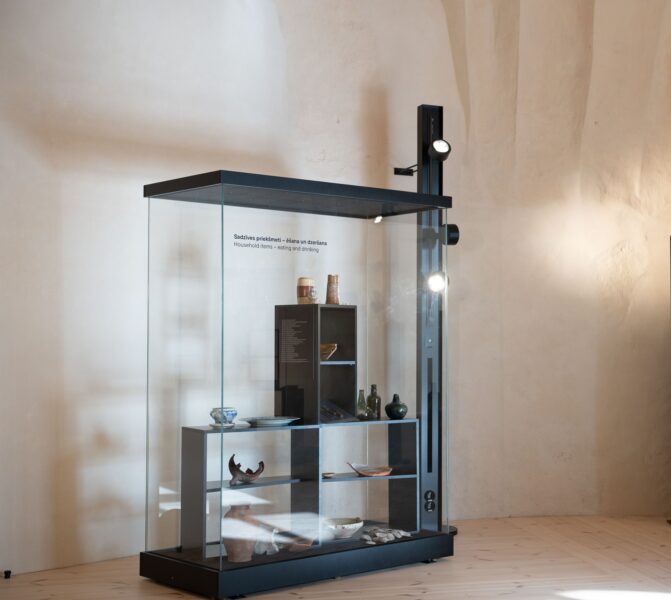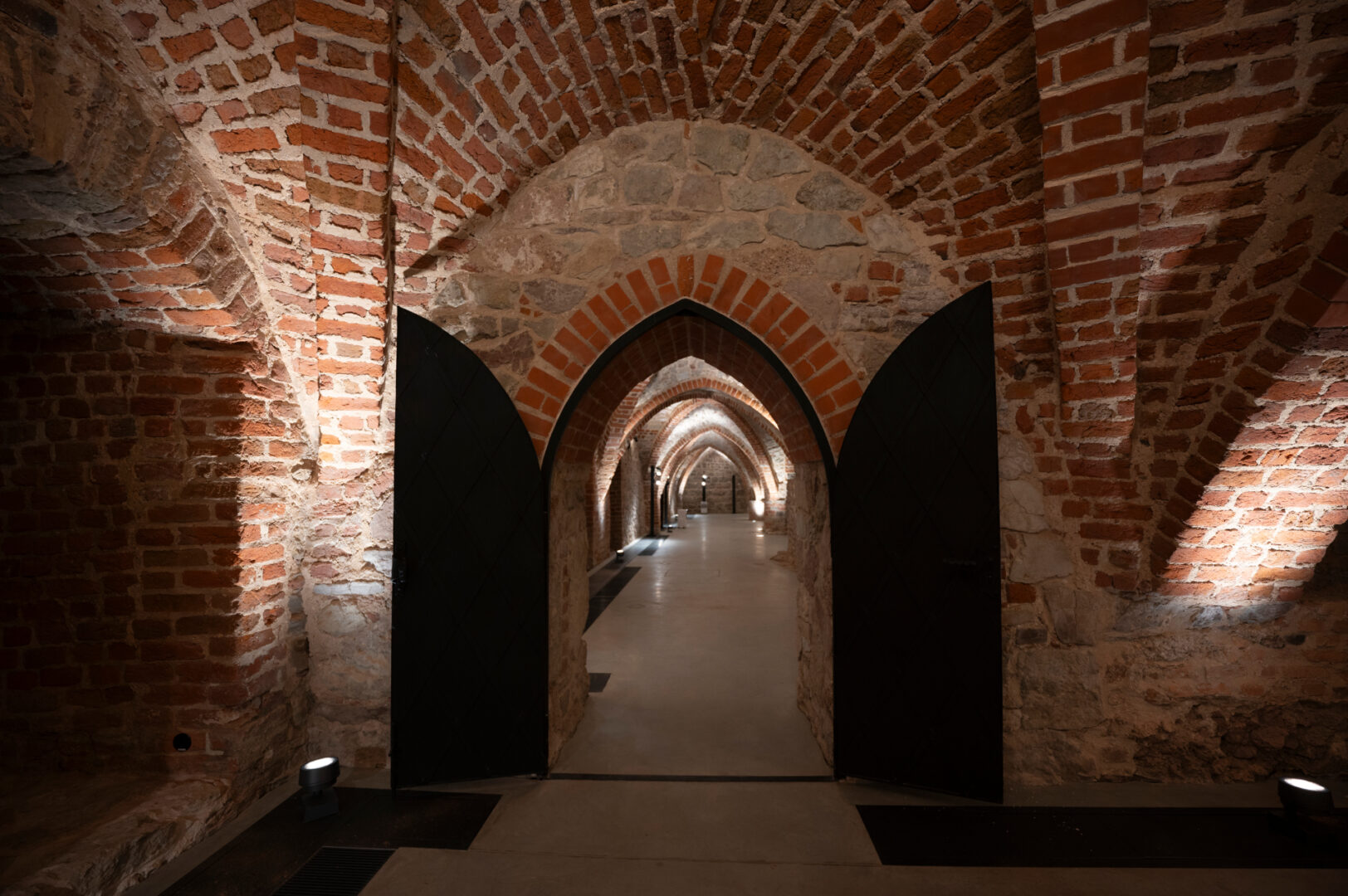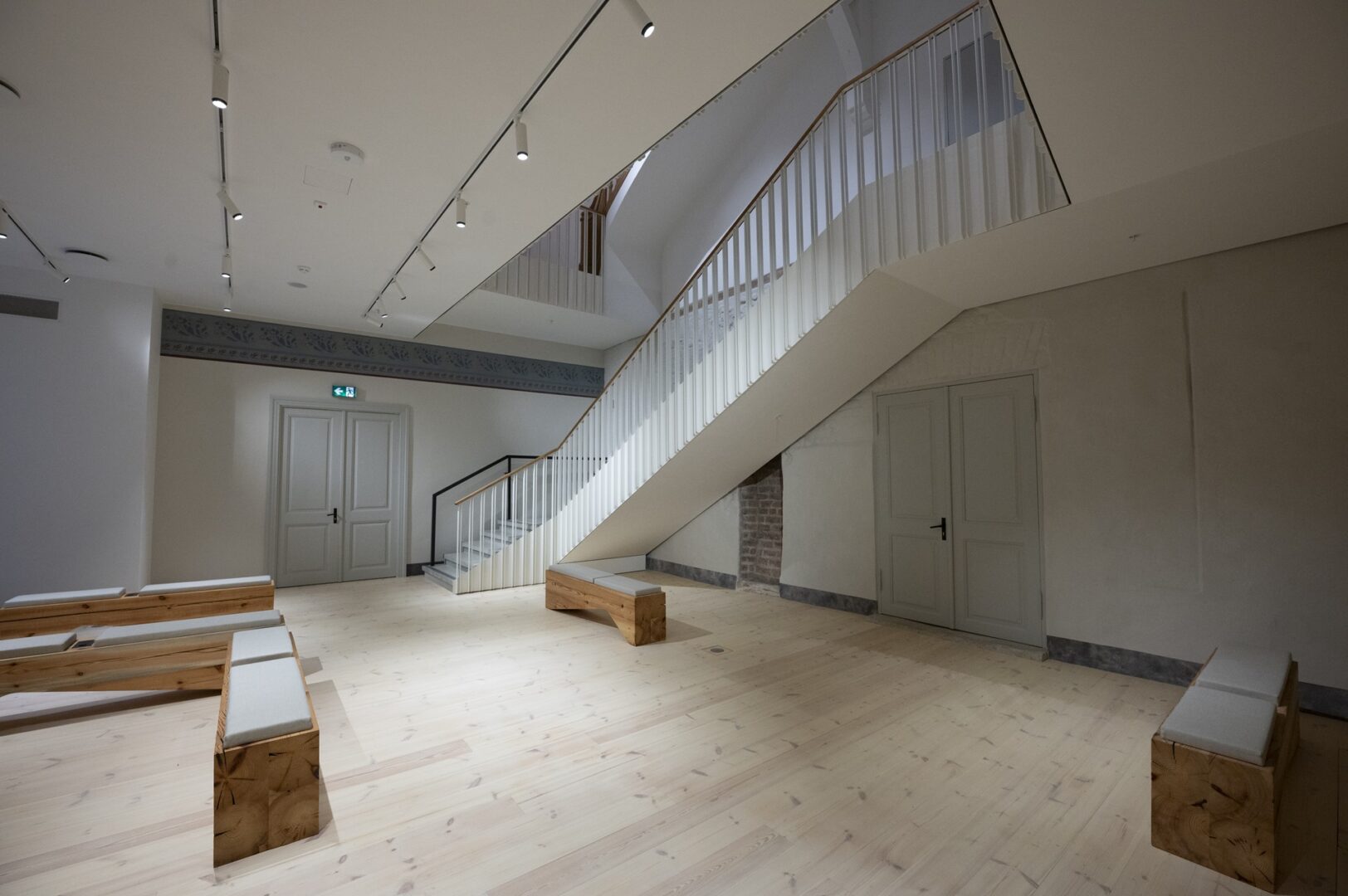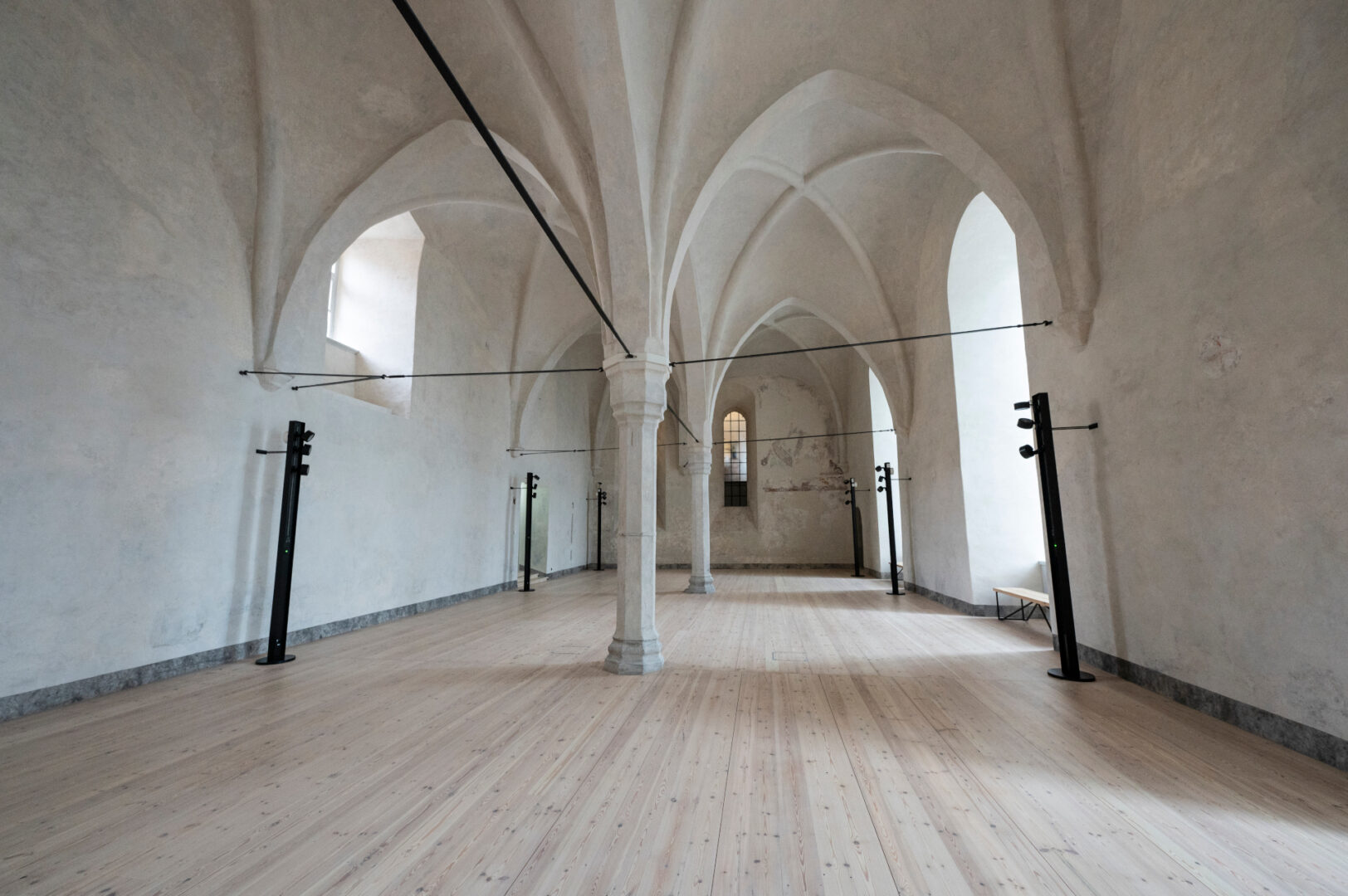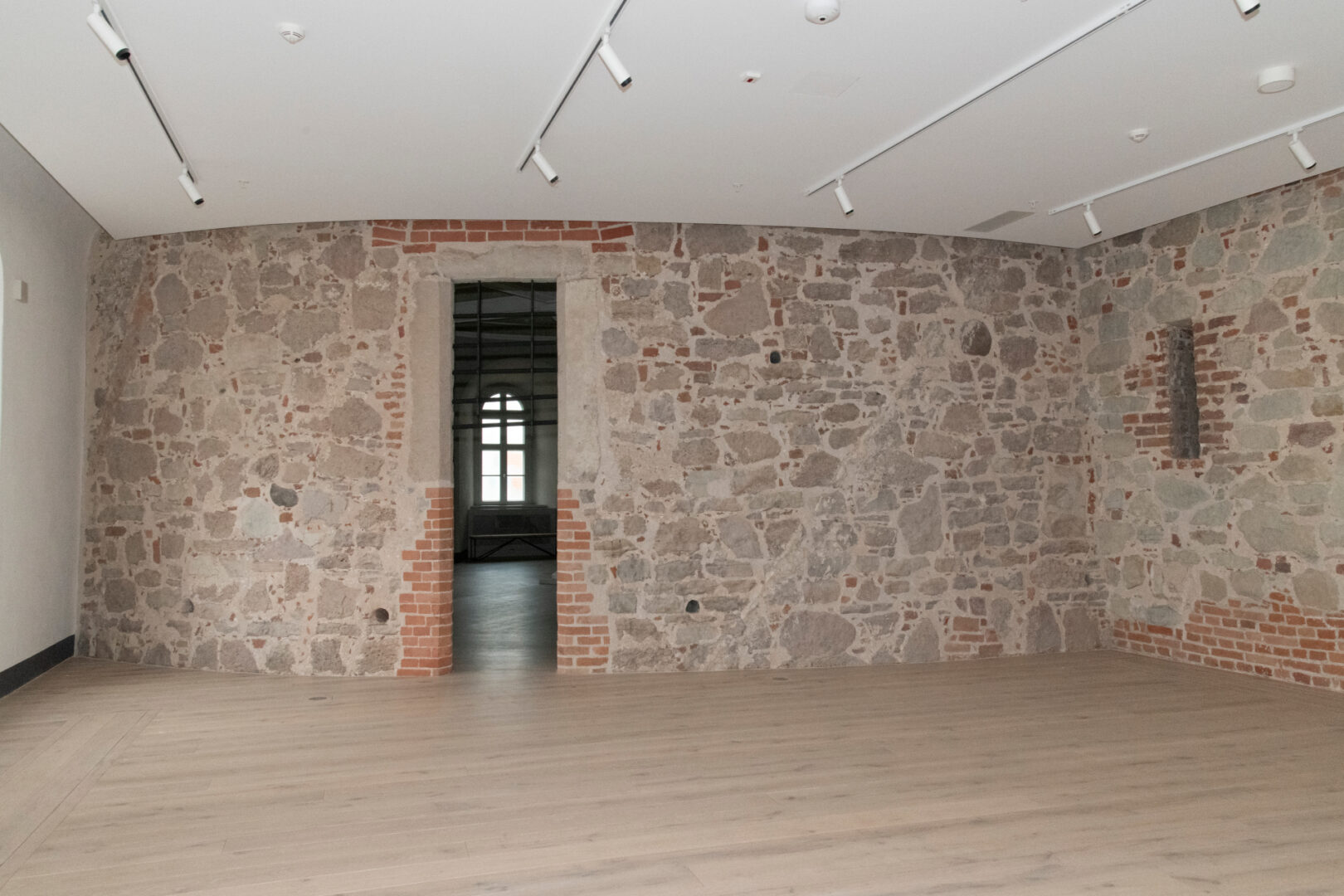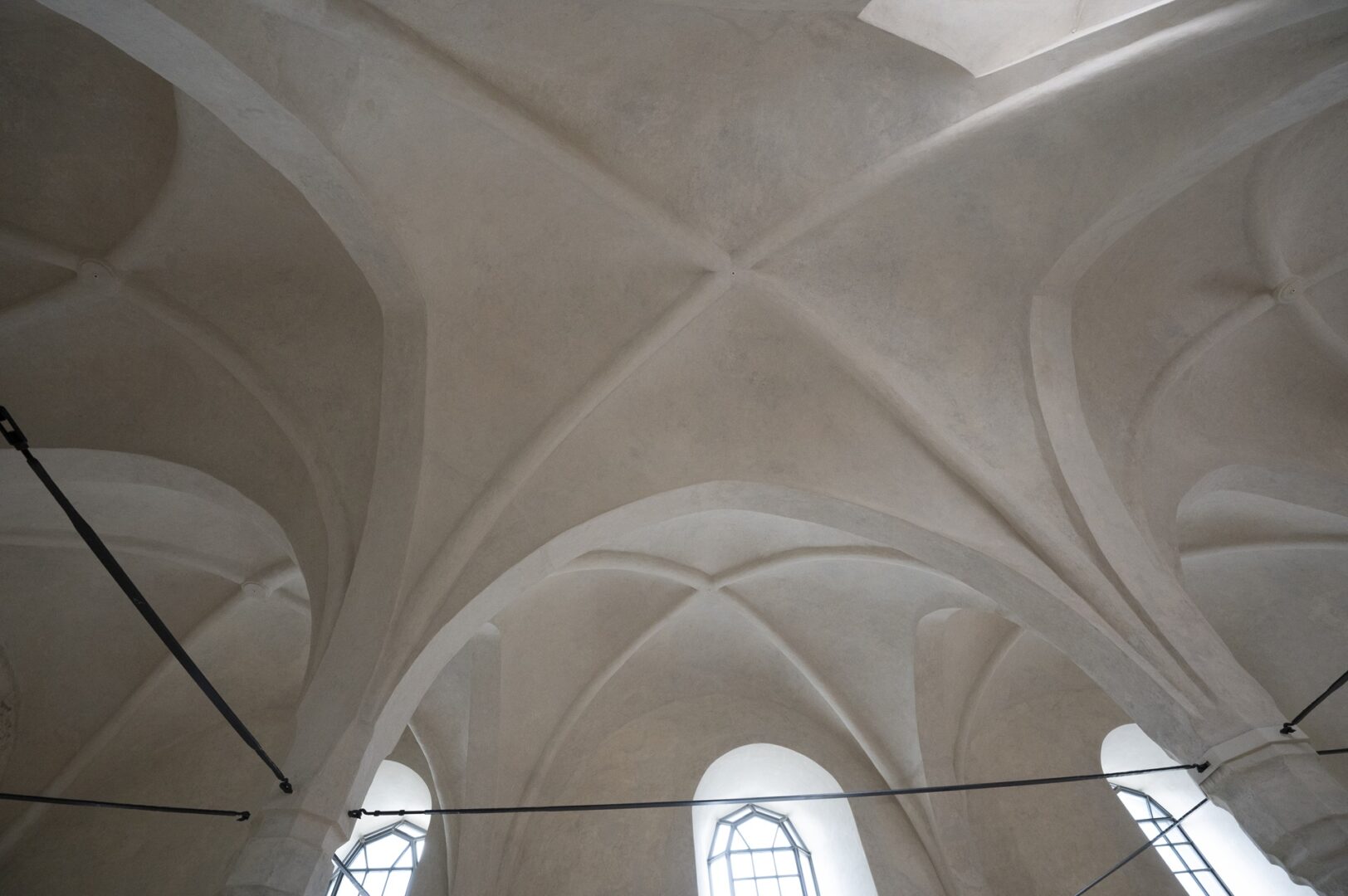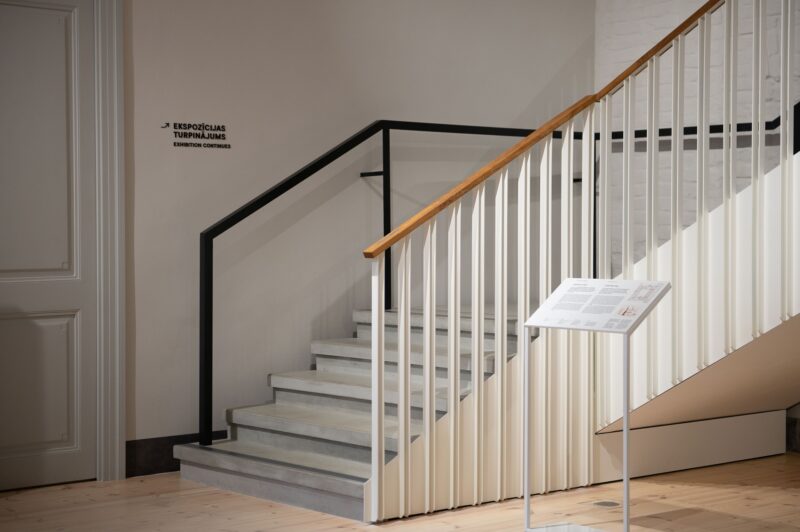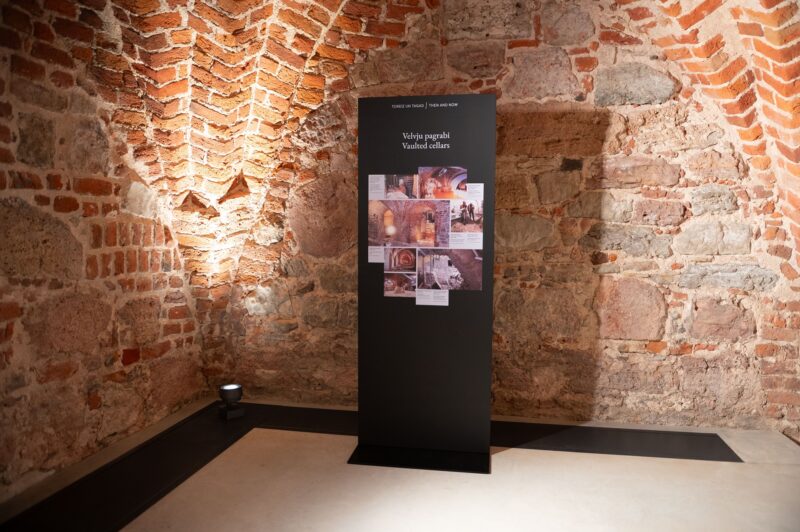Lost and Found
Riga Castle is one of the most widely described and studied architectural monuments, depicted in many plans, drawings, articles and books. But the castle still holds mysteries: there is much unknown about its daily life and inhabitants, as well as its interior design and details of the construction history.
Riga Castle Tour
We invite you to explore the history of various spaces of Riga Castle via a tour of 17 sites on all floors of the castle. The most remarkable transformations of the rooms, both in terms of their appearance and function, can be explored with the help of the information located in each room, as well as using the audio guide (available in Latvian and English here: app.lnvm.lv). You can find the locations of the tour stops in the brochure available from the Museum's info centre, or by following the audio guide instructions.
Riga Castle Then and Now
Visit to the reconstructed premises of the south wing of the Riga Castle oldest section offers a glimpse into the "former lives" of these rooms. In all the most significant rooms open to the public, visitors can find out their pre-reconstruction appearance and functions and see how radically in many cases their appearance has changed after the reconstruction.
